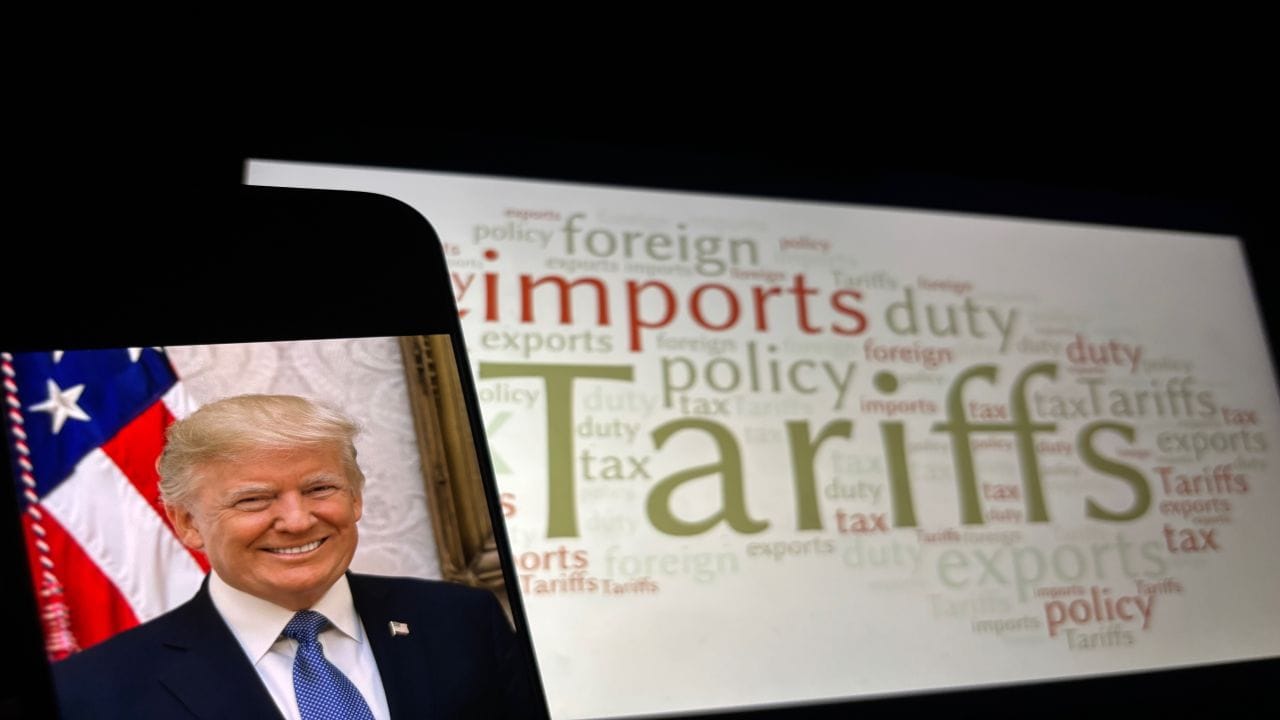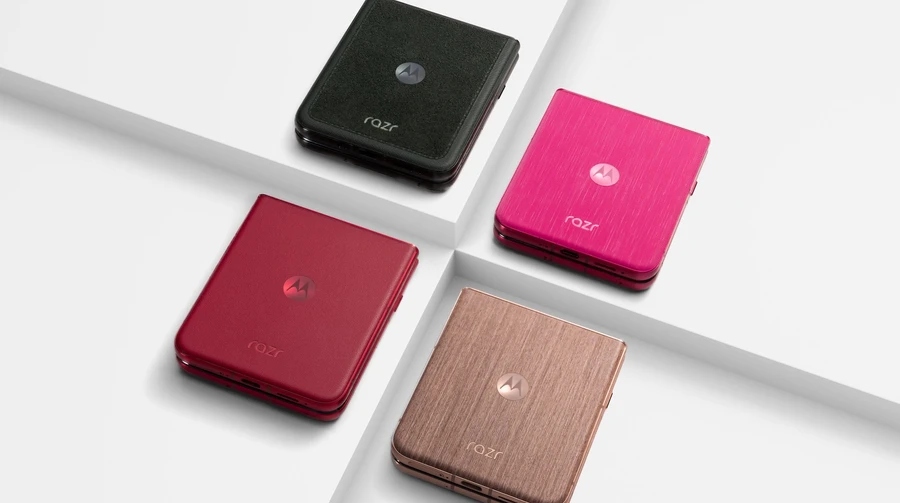
As the dust settles on Trump 2.0 tariffs, the electronics industry may be looking at an opportunity rather than suffering a setback. This is the message that the electronics industry is sending out, with countries like China, Vietnam and Thailand being hit by even higher tariffs.
Under the American tariff broadsword, India has been slapped with a 27% tariff. India Cellular and Electronics Association (ICEA) pointed out that countries that India competes with for electronics exports are facing higher tariffs. China has been slapped with 34%, which, when combined with the earlier 20%, will hit Chinese exporters with a tariff burden of 54%.

Vietnam is staring at 46% tariffs. Thailand is facing tariffs of 36%, while Indonesia has a higher tariff of 32%. Country Percentage Breakdown (if applicable) China 54% 34% + 10% + 10% Vietnam 46% - Thailand 36% - Indonesia 32% - ICEA Chairman Pankaj Mohindroo said, “India has emerged favourably placed in the first round of reciprocal tariff announcements, especially compared to key electronics export competitors like China, Vietnam, Thailand, and Indonesia.
India’s positioning, particularly with China and Vietnam facing combined tariffs of up to 54% (China) and Vietnam at 46%, offers a valuable near-term window of export competitiveness.” However, with growing electronics and smartphone and electronics exports to the US, the Industry is pitching its long-term aspirations on a Bilateral Trade Agreement (BTA). Mohindroo further stated, “The true long-term inflection point for India's electronics trade with the US will rest on the successful conclusion of a Bilateral Trade Agreement (BTA).
The BTA must now become the cornerstone of our trade strategy, unlocking stable market access, tariff predictability, and a framework for scaling high-value electronics exports.” Focusing on the need for a treaty, IESA President Ashok Chandak said, “Negotiating a bilateral trade deal could ease pressure, while adjusting import tariffs on select US goods may address concerns. India could navigate a dual-track approach—balancing negotiations and countermeasures to safeguard its economic interests.
Fortunately, both India and the US are eager to expand bilateral trade to $500 billion, creating opportunities for a mutually beneficial agreement and interested to continue the discussions on agreement.”.














